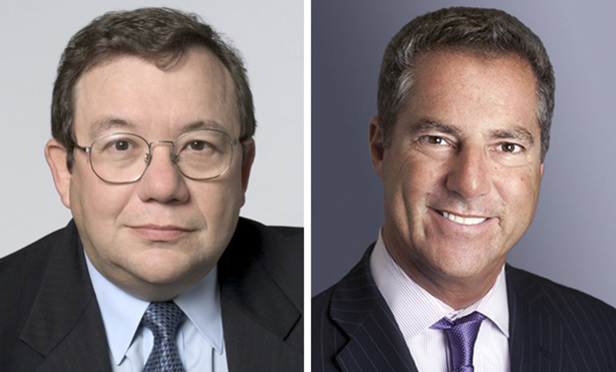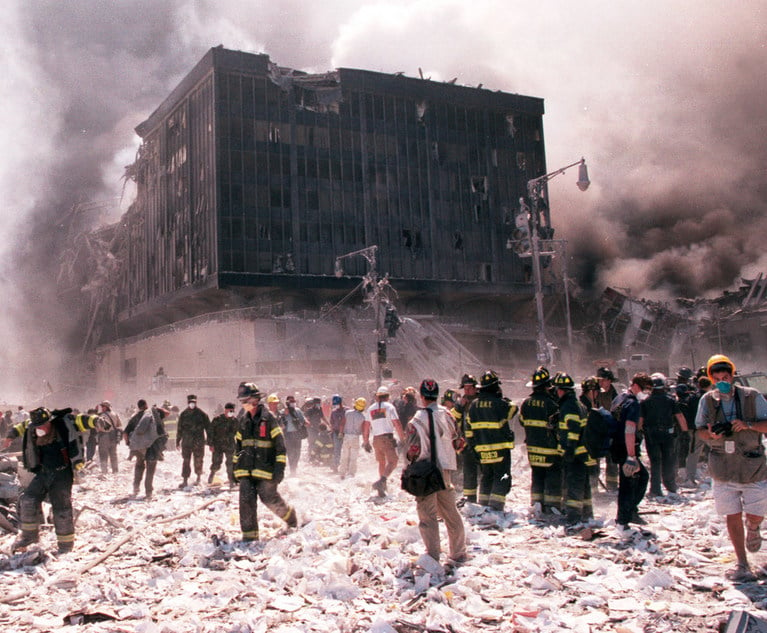If an activist protests in a forest with nobody around to hear it, does she make a sound? This question goes to the heart of the public forum doctrine, one of the thorniest areas of First Amendment jurisprudence. In numerous opinions dating back to the 1970s, the U.S. Supreme Court has recognized that public forums, such as streets and town squares, serve an important democratic function. The court has therefore held that if government property is a public forum, regulations that burden the use of that property for speech merit heightened scrutiny. For less public types of government property—such as a jail or a military base—the government can have more leeway to impose viewpoint-neutral speech restrictions.
In practice, the public forum doctrine has proven difficult to execute. While venues like Sixth Avenue or Central Park are obviously public forums, courts have struggled to define the outer limits of the doctrine. Is an auditorium owned by a state university a public forum? What about privately-owned social media platforms like Twitter? Courts have developed a wildly complex set of rules that can at times seem inconsistent. For this reason, scholars have condemned the public forum doctrine as “byzantine,” “riven with incoherence,” and “virtually impermeable to common sense.”


 Martin Flumenbaum and Brad S. Karp
Martin Flumenbaum and Brad S. Karp




